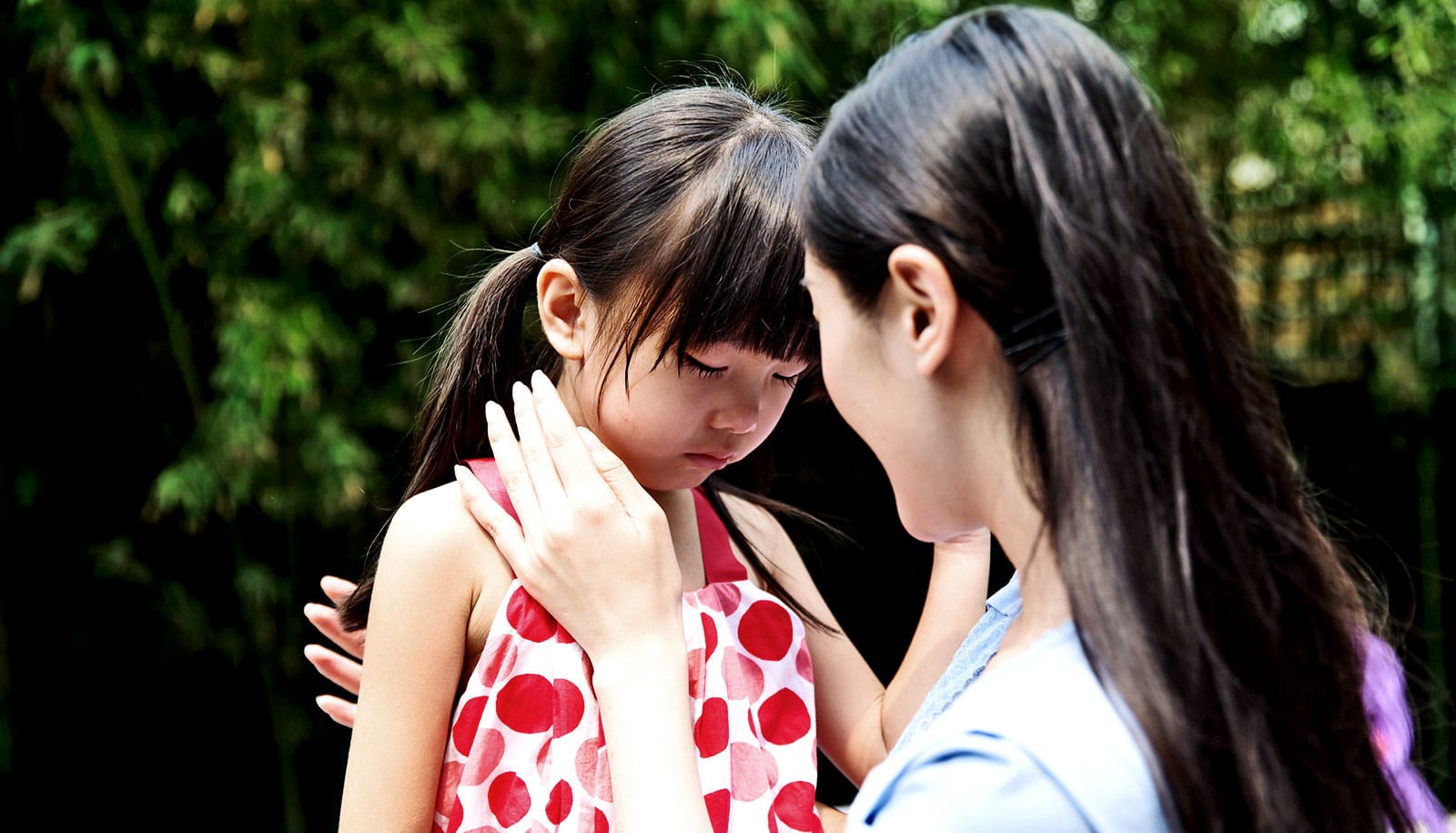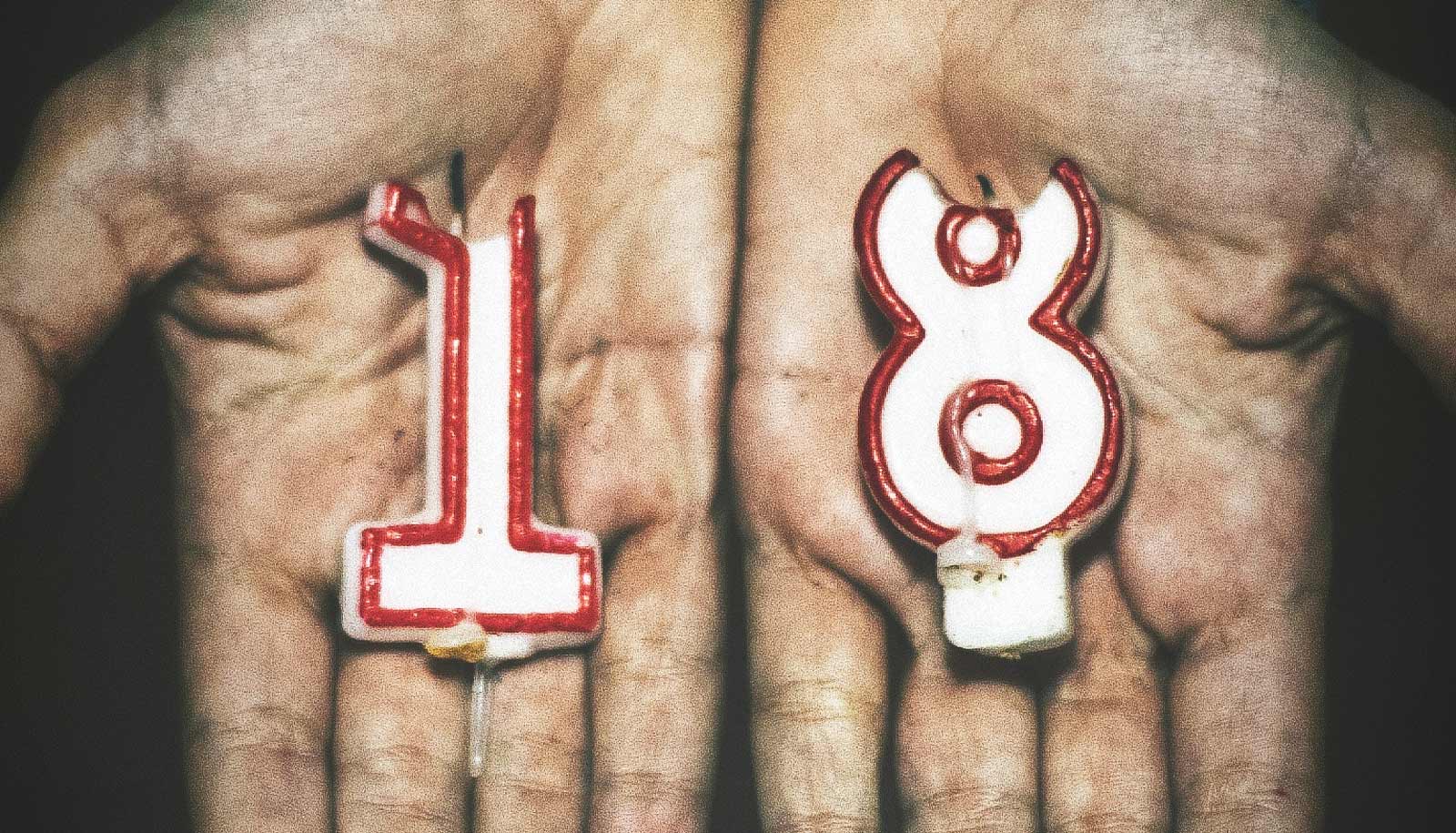Teenagers and young adults who intentionally hurt themselves engage in such behavior based, in part, on how they experience pain and their emotional distress, according to a new study.
Non-suicidal self-injury is relatively common in adolescents, according to the Centers for Disease Control and Prevention, with more than 10 percent of teen boys and about 25 percent of teen girls doing so each year.
“The experience of pain during non-suicidal self-injury remains a mystery and can be difficult for clinicians and families to understand because it challenges our assumption that people want to avoid or minimize pain,” says author Edward Selby, an associate professor in psychology at Rutgers University and a faculty member at the Rutgers Institute for Health, Health Care Policy and Aging Research.
“However, people who engage in this behavior intentionally and repeatedly inflict physical injury on themselves despite—or perhaps because of—the physical pain it elicits.”
People experience pain in different ways during non-suicidal self-injury: some experience little or no pain. Others experience pain, which they use to distract themselves from emotional distress.
For the study, which appears in Clinical Psychological Science, researchers studied 47 young adults between ages 15 and 21 who regularly hurt themselves and did so at least twice in the previous two weeks. None of the participants were at risk for suicide or had a psychotic disorder diagnosis, life-threatening anorexia, or developmental delays. Nearly 70 percent were female, which reflects the higher rate of females versus males who self-injure.
Using a smartphone app designed specifically for the study, the researchers questioned the participants five times a day for two weeks, asking if they had thought about hurting themselves and if they had done so since the last assessment.
They rated the duration of each injury episode and described the behavior, such as cutting, biting, punching, hair pulling, head banging, or burning.
They also rated their physical pain on a scale of zero (no pain) to 10 (extremely painful) and the extent to which they experienced one of 21 emotions—such as feeling overwhelmed, sad, angry, anxious, or lonely—before, during, and immediately after hurting themselves. The study tracked both the number and types of self-injuries.
In the 143 episodes tracked, most participants reported significant pain when they started to hurt themselves. Those who had high negative emotions at the start and experienced less pain reported repeated self-injuries during that episode. Those who had high negative emotions and felt more pain were more likely to have more overall episodes over the two-week period.
“These findings suggest that the individuals who had high emotional distress and instability sought to use physical pain from self-injury more frequently to relieve their emotional distress,” Selby says. “It also shows that an absence of pain sensation during self-injury may arise as the behavior worsens and can lead these individuals to be less motivated to seek help.”
The findings show that people who hurt themselves experience pain differently and suggest clinicians should examine teens’ experiences with pain to understand why they started injuring and predict how frequently they may hurt themselves in the future.
Source: Rutgers University


